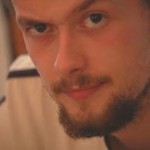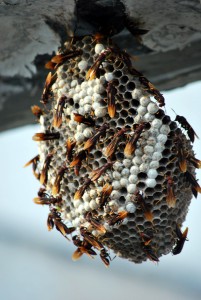Place and Time: Abingdon, October 22, 2015 at 19:30
new venue: Barn Room, Crown and Thistle (18 Bridge St, Abingdon OX14 3HS)
TITLE: Diffusion of the Dead
Knowing how long we hav e before we interact with a zombie could mean the difference between life, death and zombification. Here, we apply the same mathematical models to zombies that you would use to describe flu, or measles. We use this model to derive exact and approximate interaction times and use these to develop strategies which allow the human race to survive impending doom
e before we interact with a zombie could mean the difference between life, death and zombification. Here, we apply the same mathematical models to zombies that you would use to describe flu, or measles. We use this model to derive exact and approximate interaction times and use these to develop strategies which allow the human race to survive impending doom
Speaker: Thomas Woolley
 T. Woolley has been doing mathematics at University of Oxford since 2004 and now specialises in mathematical biology. His doctorate understanding the pattern formation behind fish spots and zebra stripes, but now he researches mathematical models of stem cells movement. The hope is that by understanding how stem cells move we can influence them and, thus, speed up the healing process.
T. Woolley has been doing mathematics at University of Oxford since 2004 and now specialises in mathematical biology. His doctorate understanding the pattern formation behind fish spots and zebra stripes, but now he researches mathematical models of stem cells movement. The hope is that by understanding how stem cells move we can influence them and, thus, speed up the healing process.
When not doing mathematics he is a keen participant in mathematical outreach workshops and has given a variety of popular maths lectures nationally and internationally. He has previously worked for the BBC, illustrated Marcus du Sautoy’s book and he recently worked on the popular maths show “Dara O’Briains school of hard sums”. He is currently the Fellow of Modern Mathematics at the London Science Museum and is helping redesign their mathematics gallery.



